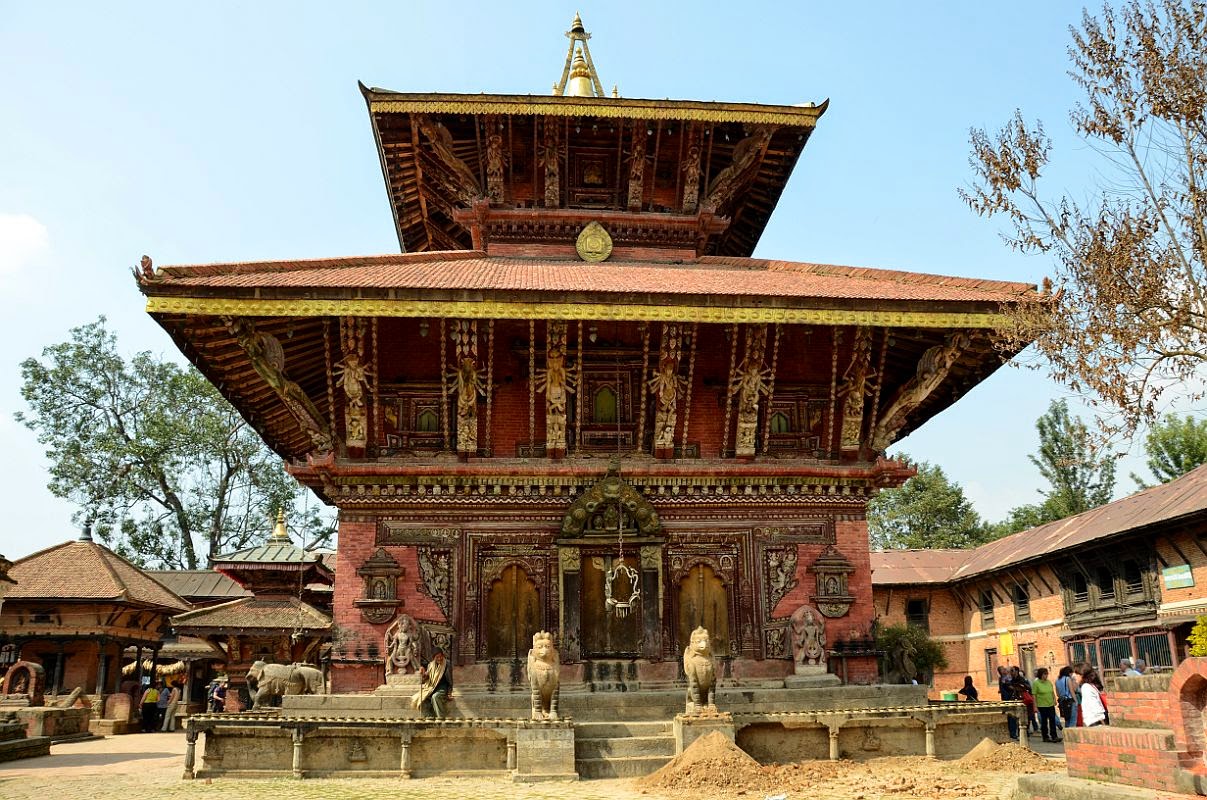Temple of Heaven
Temple of Heaven is located in the southeastern part of central Beijing,China.It is a complex of religious buildings. It is China's largest and most representative existing masterpiece among China’s ancient sacrificial buildings. Its area of 273
hectares, it is three times the area of the Forbidden City. It was built
in 1420 for emperors to worship Heaven. The principle buildings include
the Altar of Prayer for Good Harvests, Imperial Vault of Heaven and
Circular Mound Altar.The complex was visited by the Emperors of the Ming and Qing dynasties for annual ceremonies of prayer to Heaven for good harvest. It has been regarded as a Taoist temple, although Chinese heaven worship,especially by the reigning monarch of the day, pre-dates Taoism.The Altar of Prayer for Good
Harvest, 38 meters in height and 30 meters in diameter, stands on a
round foundation built with three levels of marble stones. This towering
triple-eave hall is under a three-story, cone-shaped glaze-tile roof in
blue color crowned with a gilded knob. A circular wall of polished
bricks known as the Echo Wall encloses the Imperial Vault of Heaven.The Temple of Heaven was entered into the world cultural heritage list in 1998.This temple design shows that the heaven is high and the earth is low and the
design reflected an ancient Chinese thought of 'the heaven is round and
the earth is square'The Temple is divided by two encircling walls into an inner part and
outer part. The main buildings lie at the south and north ends of the
middle axis of the inner part. The most magnificent buildings are the
Circular Mound Altar (Huanqiutan), the Imperial Vault of Heaven
(Huangqiongyu) and the Hall of Prayer for Good Harvest (Qiniandian) from
south to north.
History of Temple Heaven
This was the place where emperors of the Ming Dynasty (1368 - 1644) and Qing Dynasty (1644 - 1911) held the Heaven Worship Ceremony.The temple complex was constructed from 1406 to 1420 during the reign of the Yongle Emperor, who was also responsible for the construction of the Forbidden City in Beijing. The complex was extended and renamed Temple of Heaven during the reign of the Jiajing Emperor in the 16th century. The Temple of Heaven was renovated in the 18th century under the Qianlong Emperor.
Due to the deterioration of state budget, this became the last
large-scale renovation of the temple complex in the imperial time.The temple was occupied by the Anglo-French Alliance during the Second Opium War. In 1900, during the Boxer Rebellion, the Eight Nation Alliance
occupied the temple complex and turned it into the force's temporary
command in Beijing, which lasted for one year. The occupation desecrated
the temple and resulted in serious damage to the building complex and
the garden. Robberies of temple artifacts by the Alliance were also
reported. With the downfall of the Qing, the temple complex was left
unmanaged. The neglect of the temple complex led to the collapse of
several halls in the following years.In 1914, Yuan Shikai, then President of the Republic of China,
performed a Ming prayer ceremony at the temple, as part of an effort to
have himself declared Emperor of China. In 1918 the temple was turned
into a park and for the first time open to the public.The Temple of Heaven was inscribed as a UNESCO World Heritage Site in 1998.
How to reach Temple Heaven?


















